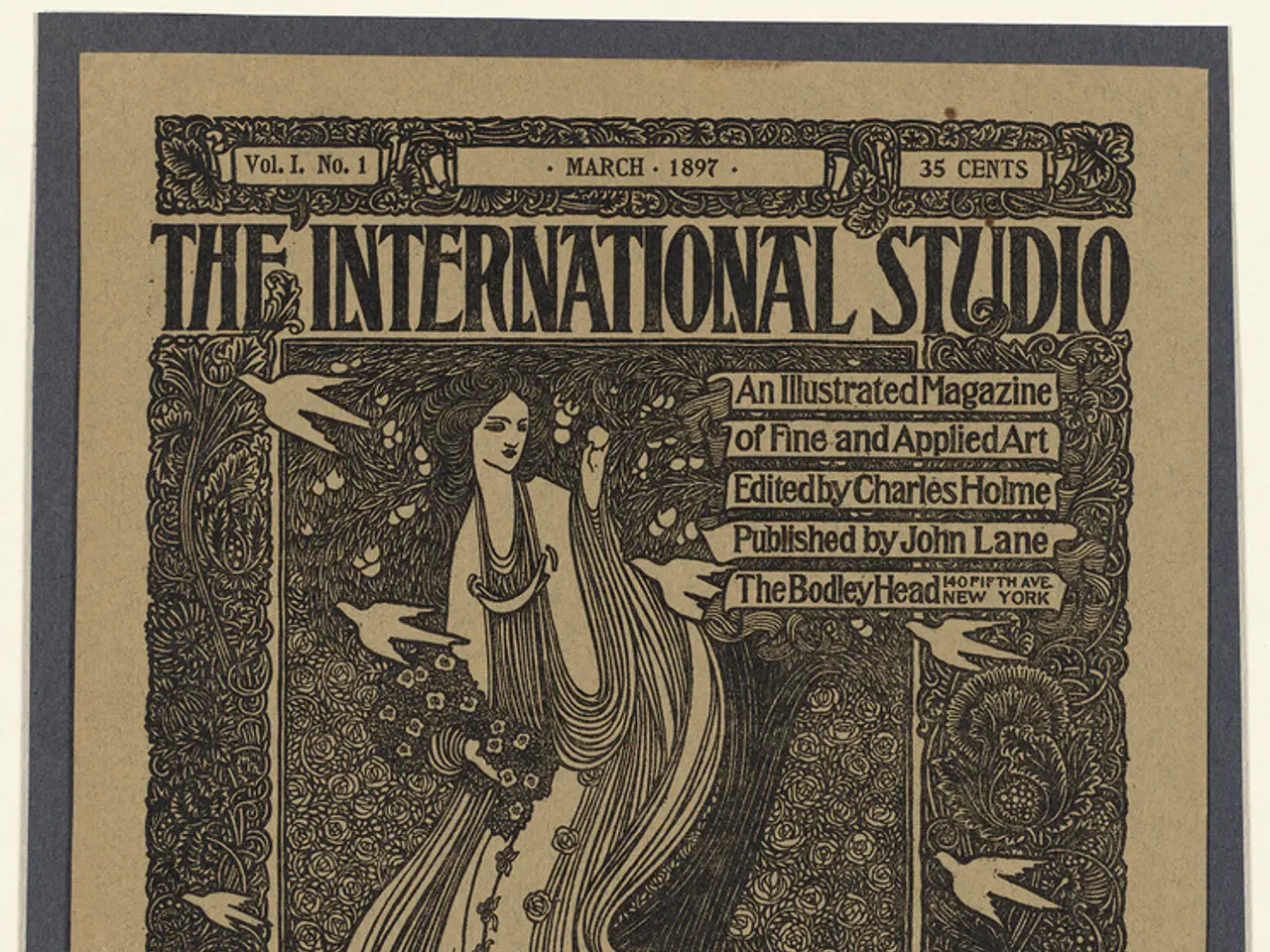U.S. President Trump Imposes Tariffs: Issues Letters to Seven Additional Nations
In the ever-changing landscape of international trade, the administration of US President Donald Trump has been making waves with its recent tariff proposals towards the European Union (EU).
As of July 2025, the US has put forth a tentative 10% tariff on all EU goods, with certain exceptions for sensitive sectors such as aircraft and spirits. This offer, however, is still pending Trump's final approval and the negotiations remain fluid.
Simultaneously, Trump has issued fresh tariff letters targeting multiple countries, including the EU. The EU currently faces a 25% tariff on cars and car parts, and a 50% tariff on steel and aluminum imports. Trump has also announced plans to impose a 50% tariff on imported copper and threatened tariffs as high as 200% on pharmaceuticals, though it is unclear if these rates have been formally applied to the EU.
The EU has shown a willingness to strike a trade deal "in principle" with the US within days, which could potentially stabilise these tariff rates or modify them. However, the exact updated export rates for the EU are yet to be revealed by Trump.
The US and the EU are under pressure to resolve these trade tensions. The state of negotiations with the European Union is a key focus, as it has yet to receive a letter detailing tariff rates.
Trump's tariffs are based on what he deems as "common sense" and trade deficits. However, the legal challenges to these sweeping tariffs are continuing to work their way through the US court system.
The tariff rates for other countries, such as the Philippines, Sri Lanka, Brunei, Algeria, Libya, Iraq, and Moldova, have been announced, ranging from 20% to 30% and set to take effect on August 1.
Washington has only reached agreements with Britain, Vietnam, and temporarily lowered tariffs with China. The situation remains dynamic, with the EU seeking a quick deal to resolve these tensions.
Manufacturers have been given time to relocate operations for pharmaceutical products, and Trump has threatened further tariff escalation if leaders of the targeted countries retaliate. Trump has also threatened tariffs on Brazil but has not yet implemented them.
In conclusion, the current updated tariff framework proposed by the Trump administration includes a tentative 10% baseline tariff offer for the EU, with existing high tariffs maintained on sectors like cars, steel, and aluminum, alongside potential new tariffs on copper and pharmaceuticals. The situation is fluid, with the EU seeking a quick deal to resolve these tensions.
- The ongoing trade tensions between the US and the EU, sparked by President Trump's tariff proposals, have significantly impacted various business sectors, including the food industry, policy-and-legislation, and general-news.
- As Trump's tariffs on EU goods continue to affect industries like real estate, through potential fluctuations in material costs, businesses are closely monitoring policy-and-legislation related to these tariffs.
- The health sector, particularly pharmaceuticals, faces potential disruptions due to Trump's proposed tariffs, which could lead to news updates on drug prices and availability in general-news.
- Sports and entertainment industries may also be indirectly affected, as changes in tariff rates could impact the cost of equipment and resources used in these sectors, making headlines in general-news.








